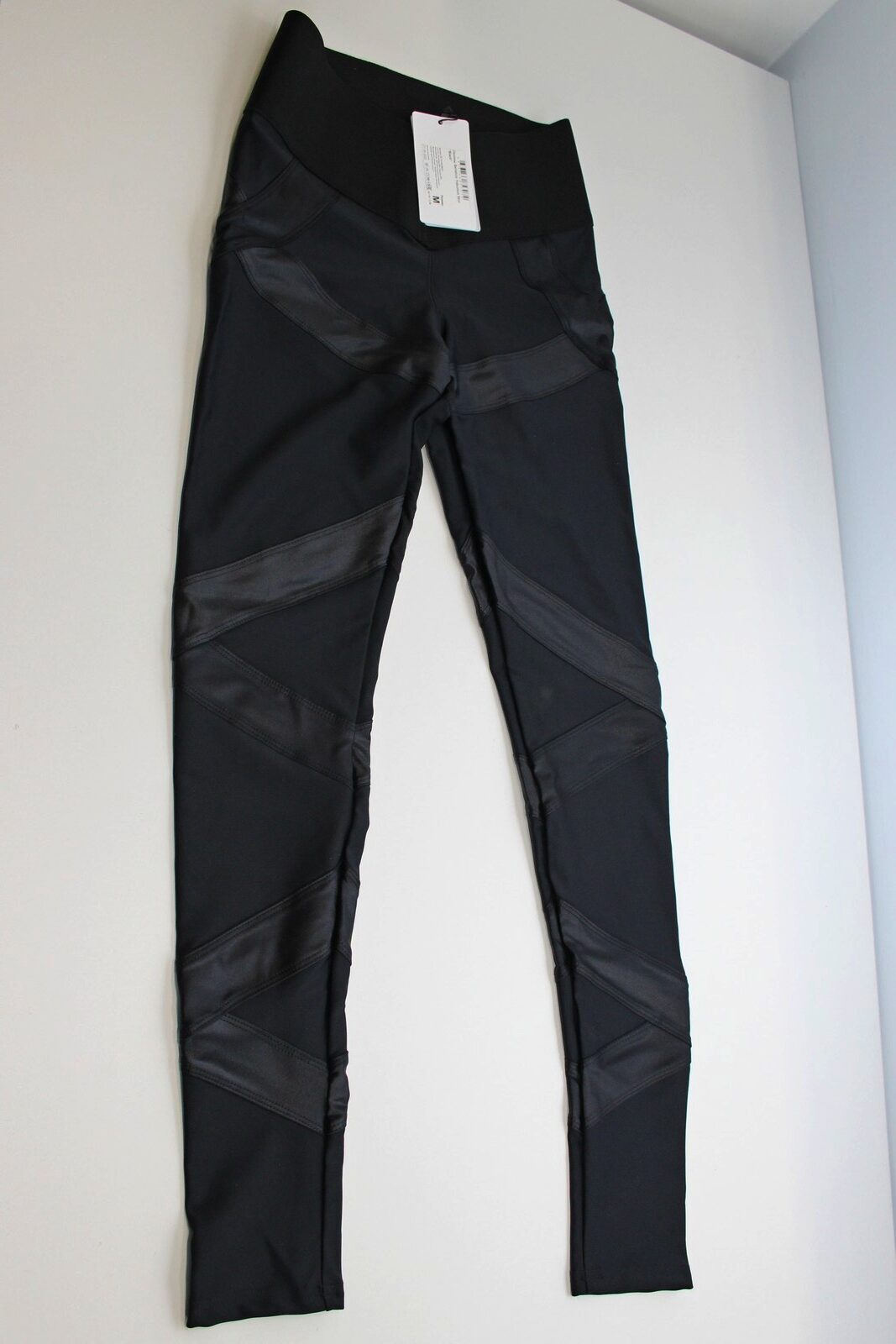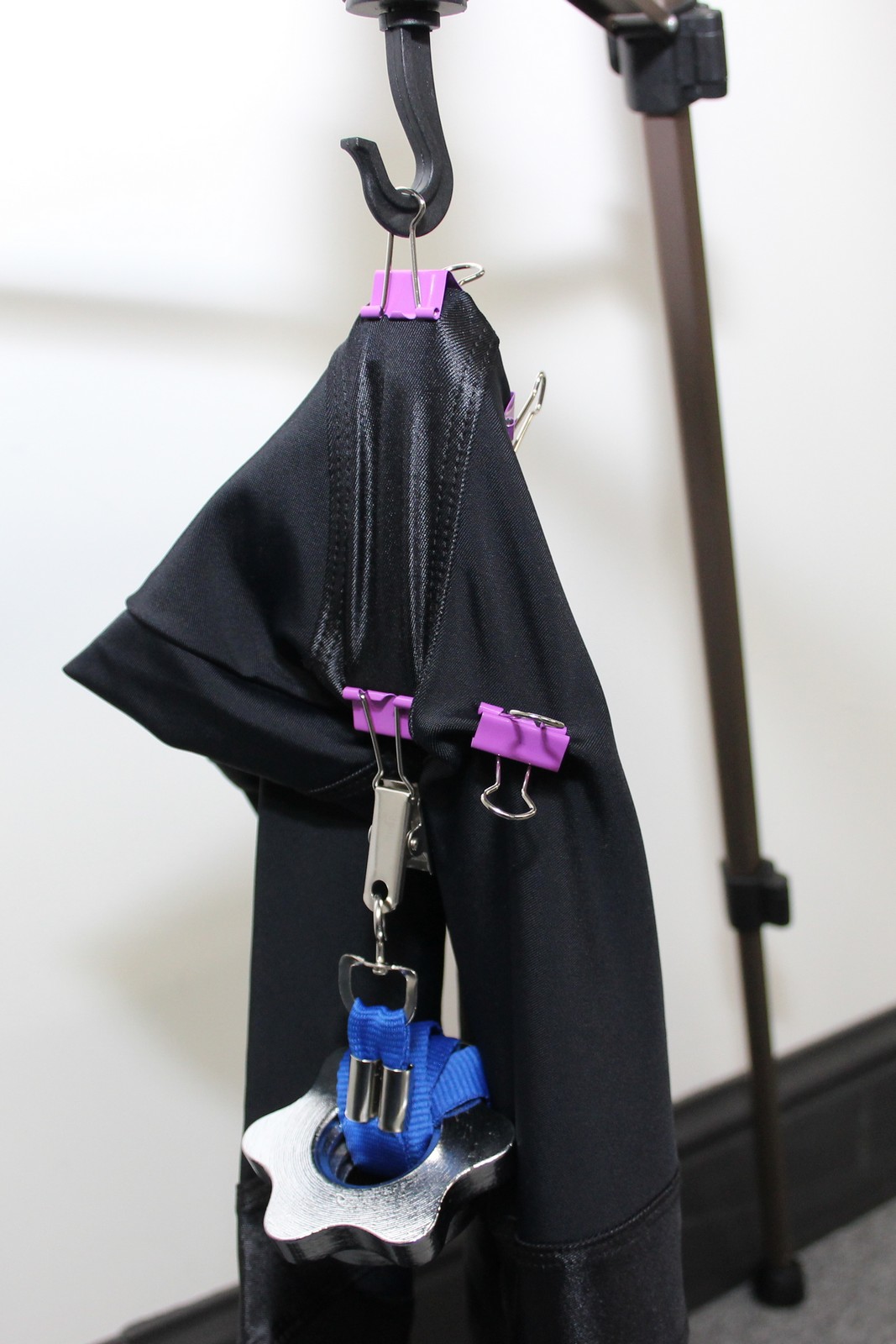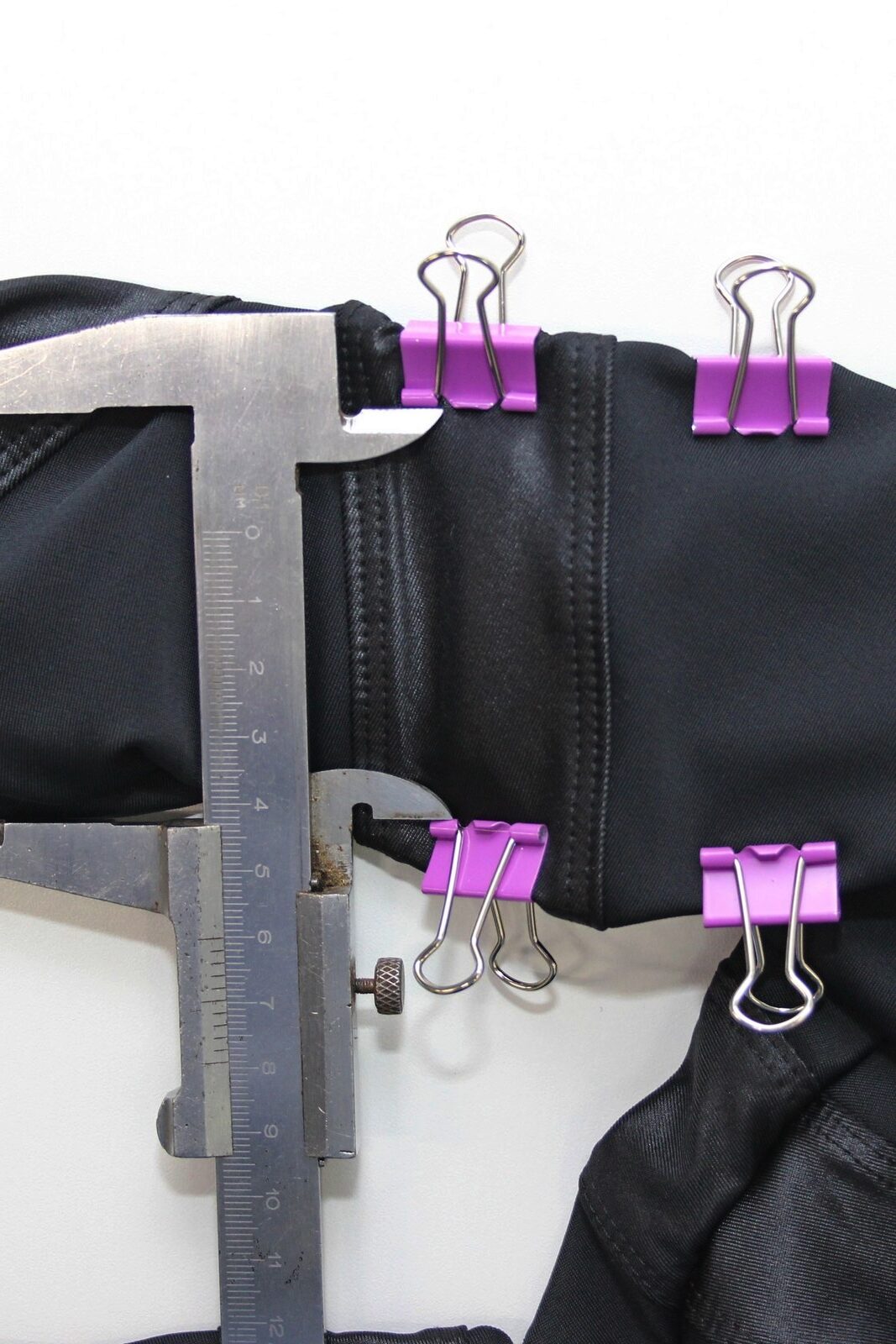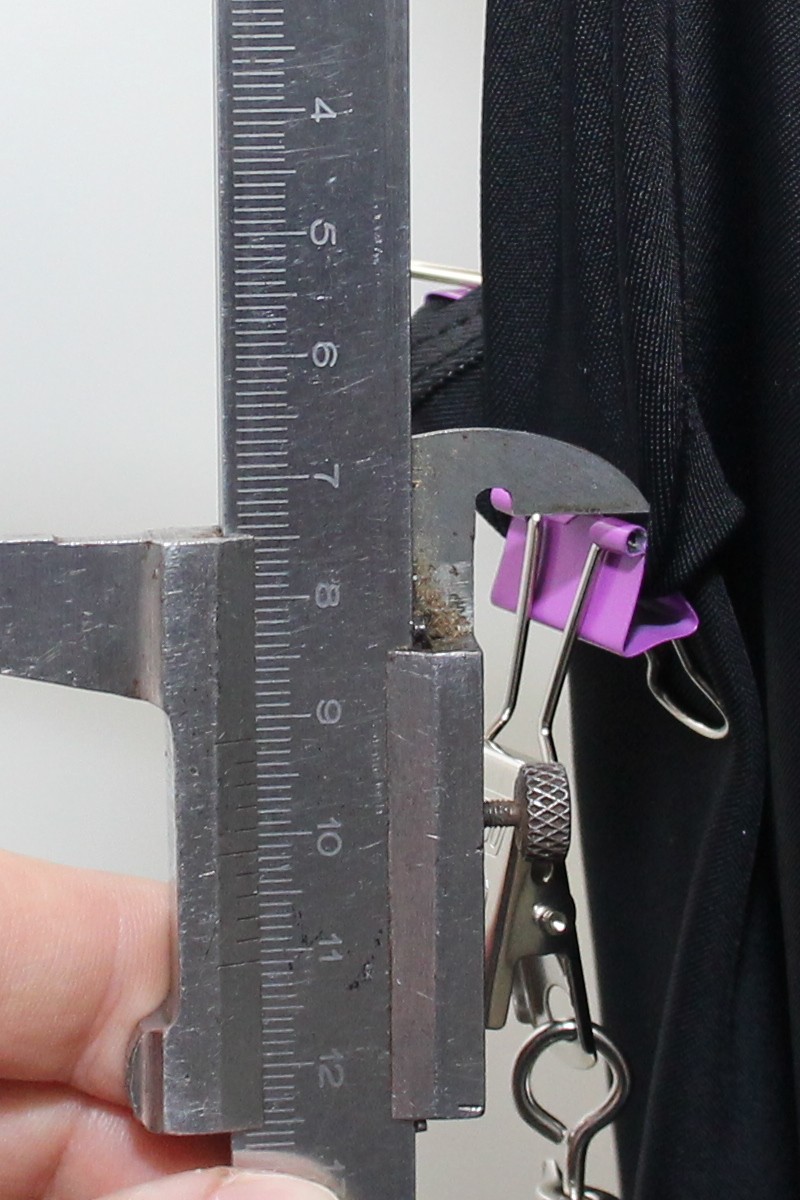Patent-Technical Expert Opinion in Fashion Industry Litigation
24 Oct 2025 | Newsletter
I. Beyond Design: Patents as a Hidden Asset in Fashion
The fashion industry thrives on creativity, but also on technology. Behind every elegant silhouette often lies a functional innovation: a new fabric structure, a unique cut enhancing comfort, or a technical element that shapes the product’s performance.
Russian patent law offers a comprehensive toolkit to protect such innovations. While industrial designs (Article 1352 of the Civil Code of the Russian Federation) safeguard the product’s appearance, functional elements fall within the domain of inventions and utility models (Articles 1350 and 1351).
For a fast-moving sector like fashion, the utility model provides a particularly practical solution: it requires no inventive step, undergoes a simplified examination, and grants protection quickly and cost-effectively. When a collection’s life cycle is measured in months, this combination of speed and legal certainty can be decisive.
The case discussed below illustrates how a utility model patent became a powerful enforcement tool in a real dispute within the apparel market.
II. Case Study: The Leggings Dispute (Case No. A56-2794/2023)
In 2023, an entrepreneur from St Petersburg filed a lawsuit against a competitor manufacturing and selling leggings under the brands “Bellatica: Leg Fabulous Skin” and “Bellatica: Leg Correct Skin”.
The claimant owned Russian utility model patents No. 211563 and 211564, both protecting the technical construction of leggings. The defendant was accused of unauthorized use of these patented solutions and of placing infringing products into commercial circulation. The claim sought monetary compensation and an injunction to prohibit further manufacture and sale.
Unlike typical fashion disputes focusing on visual resemblance, this one revolved around the use of a specific technical solution. This distinction determined the litigation’s trajectory and the central role of the patent-technical expert opinion.
III. Patent-Technical Expert Opinion: From Hypothesis to Proof
Under Article 1358 of the Civil Code, a utility model is considered to be “used” in a product if every feature listed in the independent claim is present. An expert opinion prepared by a patent attorney from the law firm Khusainov, Khomyakov & Partners was submitted to the court by the claimant.
Physical samples of the leggings, purchased from the defendant through a test purchase, were submitted for investigation. This ensured proper identification of the investigated products and their relevance to the dispute.
The expert witness carried out a comparative analysis between the submitted samples and the patent claims. Each feature from the independent claim of patents No. 211563 and No. 211564 was compared sequentially with the corresponding structural elements of the leggings.
Figure 1 shows one of the investigated samples in a flat layout. The front view reveals the waistband, legs, and compression elements – two bands stitched in loop form, encircling the legs.
To verify one of the patented features – different elasticity of materials used for the compression elements and for the leggings themselves – the expert witness applied suspended weights to various sections of the garment (Figure 2) and compared the length of the fabric in a normal state (Figure 3) to the elongated length under tension (Figure 4).
The analysis confirmed that the investigated products contained every single feature specified in the independent claims of both patents.
From a legal standpoint, this conclusion provided sufficient grounds to recognize the defendant’s actions as an infringement of the patent holder’s exclusive rights.

Figure 1 – Investigated leggings sample
 Figure 2 – Stretching test under load to assess material elasticity
Figure 2 – Stretching test under load to assess material elasticity

Figure 3 – Measurements in the normal state

Figure 4 – Measurements of the elongation
(The author of this article served as the expert witness in this case.)
IV. The Court’s Evaluation
The Arbitrazh Court of the City of Saint Petersburg examined the expert opinion under Article 71 of the Arbitrazh (Commercial) Procedure Code – based on the judge’s internal conviction and a comprehensive review of all available evidence.
The court explicitly noted that it had no doubts regarding the expert opinion’s validity and relied on it to grant the claim: prohibiting further circulation of infringing products and ordering the monetary compensation and expert opinion’s costs.
V. Key Insights for IP Professionals
- Expert Evidence Defines the Outcome.
In patent disputes, the clarity and methodological rigor of the expert opinion often determine success. A categorical finding that every claimed feature is present leaves no room for procedural maneuvering.
- Patent Quality Drives Enforceability.
Effective enforcement begins with a well-drafted patent. Clear, focused claims enable precise comparison and make technical identity easier to be proved.
- Freedom-to-Operate Searches Are Essential.
Fashion manufacturers should conduct pre-launch patent screenings to avoid inadvertent infringement, particularly in technology-driven niches such as shapewear and smart textiles.
The case discussed above serves to confirm the following. As fashion increasingly merges with technology – from adaptive fabrics to wearable electronics – patent protection is becoming a strategic asset. Mastery of patent enforcement tools, including expert opinion, is no longer optional: it is a vital competence for operating successfully in the modern fashion industry.
